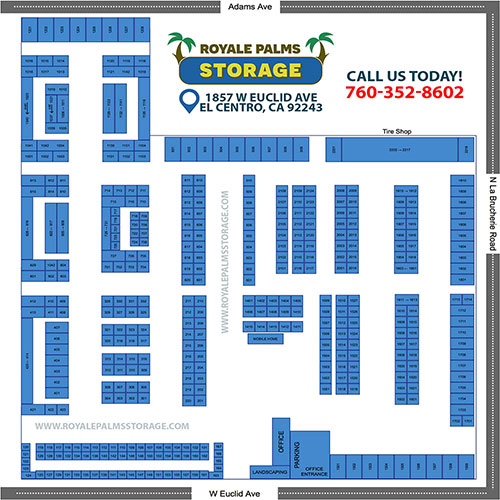Step 1. Choose the Right Box
Typically you need four small- to medium-size boxes for every one large box. Use the smaller boxes for heavy items like books and dishes; the large boxes for lighter items like bedding, blankets and linens. It’s tempting to use garbage bags as a quick fix, but they tear easily and lack ventilation, which can result in mildew.
Step 2. Pack Your Boxes the Right Amount
Packed boxes should not weigh more than you can comfortably lift. Make sure the boxes remain “square” and do not bulge at the top or sides in order to keep them stable when stacking in your storage unit. However, it’s important not to underpack boxes either. The contents of a half-empty box can shift while transporting and become crushed under the weight of heavier boxes and items. Use foam-packing peanuts to fill empty spaces without adding much weight.
Step 3. Use Hanging Wardrobe Boxes
Prevent wrinkling and damage to pants, dresses, suits and eveningwear by hanging them in a wardrobe box. Move hung items straight from closet to moving box. You can also use these specially designed boxes to hang drapes, bedding, garden tools or garage items.
Step 4. Close Boxes with Quality Tape
Good quality packaging tape is essential. Proper closure of your boxes with professional packing tape ensures that each box maintains its structure and protects your items. Be sure to firmly close the top and bottom flaps with wide tape.
Step 5. Label Your Boxes
Use a heavy black marker to label the contents of each box. This will save you from having to open every box when you need something later. Mark boxes that need to be handled and stacked with a definitive top — especially items like glassware, picture frames and lamps that can easily be damaged when moving into your storage unit.
Step 6. Prep Your Power Tools
If you are storing lawnmowers, weed whackers and/or leaf blowers, drain their fuel tanks before packing them in your storage unit. This will prevent other items in your unit from adopting a fuel odor and also protect your clothing and other items from being damaged in the case of a leak.
Step 7. Wrap Your Furniture
Cover and pad furniture with protective materials to help ensure that they stay in good condition during the moving process and while in storage.
Step 8. Make Items as Small as Possible
Many stored items can be made smaller. Often you can reduce the size of bed frames to help everything fit more comfortably in your storage space. Wrap frames together with tape (use the non-sticky side for no tape residue) then place any screws in plastic bags and tape them to the frame.
Step 9. Figure Out What Size Unit You Need
Lastly, once everything is packed, measure out the unit size you think you need with tape on the floor of your apartment or house. Then see if all of your things fit within the taped area. Remember, most units have an 8 ft. ceiling, so you can stack items as well.
If you have any questions about any of this, call the friendly staff at Royale Storage today!

